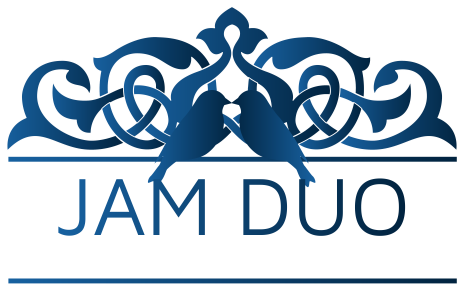Introduction:
Pachelbel’s Canon in D is undoubtedly one of the most beloved and recognizable classical compositions. Composed by Johann Pachelbel in the late 17th century, this piece has stood the test of time and continues to captivate audiences to this day. While it holds significance in various contexts, it has found particular popularity as a wedding piece, specifically for the entrance of the bride. Furthermore, the adaptability of the Canon to instruments such as the cello and piano further contributes to its enduring charm and versatility.
Historical Context:
Johann Pachelbel, a German composer and organist, crafted the Canon in D during the Baroque period, around 1680. The piece was largely forgotten for centuries until its revival in the 20th century, where it became increasingly popular. Since then, it has become an integral part of the classical repertoire and a staple in many wedding ceremonies.
Symbolism and Emotional Impact:
The Canon in D holds deep symbolic and emotional significance, making it an ideal choice for the bride’s entrance. Its timeless beauty and gentle, flowing melody evoke a sense of grace, elegance, and romanticism, perfectly complementing the bride’s walk down the aisle. The piece’s gradual and harmonious progression mirrors the journey of love and commitment undertaken by the couple on their wedding day, adding a profound touch to the momentous occasion.
Adaptability to the Cello:
One of the remarkable aspects of Pachelbel’s Canon is its adaptability to various musical instruments. When performed on the cello, the Canon takes on a unique and enchanting character. The cello’s rich and warm timbre enhances the emotional depth of the composition, evoking a sense of intimacy and tenderness. The sustained notes and resonant harmonies of the cello create a captivating atmosphere, captivating listeners and heightening the emotional impact of the bride’s entrance.
Adaptability to the Piano:
Similarly, the Canon in D is exceptionally well-suited for performance on the piano. The piano’s ability to produce both melody and accompaniment allows for a faithful rendition of the Canon’s intricate layers and harmonies. The pianist can bring out the distinct voices of the composition, effortlessly capturing its complexity and beauty. The piano’s dynamic range also enables the performer to add expressive nuances, further enhancing the emotional weight of the piece.
Versatility and Ubiquity:
The popularity of Pachelbel’s Canon in D for the entrance of the bride stems from its versatility. It seamlessly complements various wedding themes, from traditional to contemporary, and pairs well with other musical selections. Moreover, its familiarity to both musicians and audiences alike contributes to its ubiquitous presence in wedding ceremonies across different cultures and traditions. The Canon’s melodic simplicity, coupled with its elegant structure, makes it easily recognizable and accessible, resonating with listeners on a deeply emotional level.
Conclusion:
Pachelbel’s Canon in D has rightfully earned its place as one of the most cherished wedding pieces, especially for the entrance of the bride. Its profound emotional impact, symbolic significance, and adaptability to instruments like the cello and piano have solidified its timeless appeal. Whether performed on the cello or piano, the Canon’s enchanting melody and harmonious progression create an atmosphere of love, beauty, and anticipation, setting the stage for a truly memorable and magical wedding celebration.



